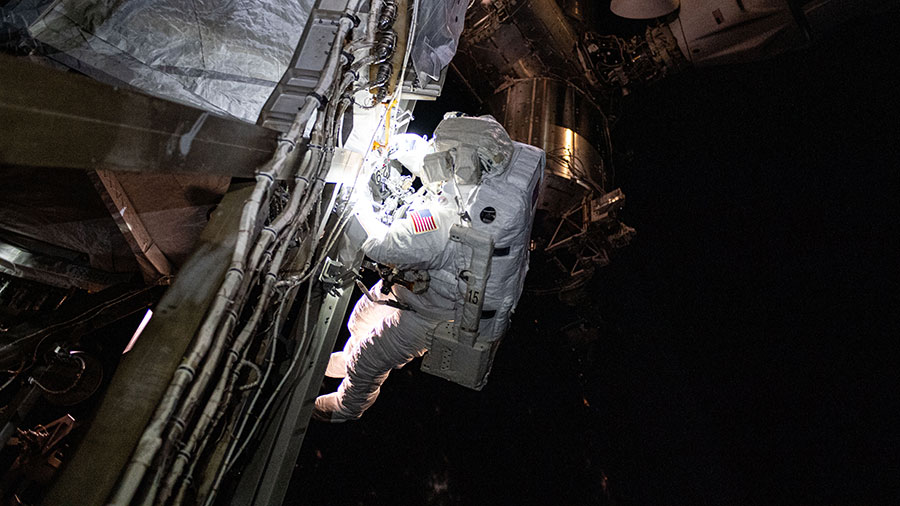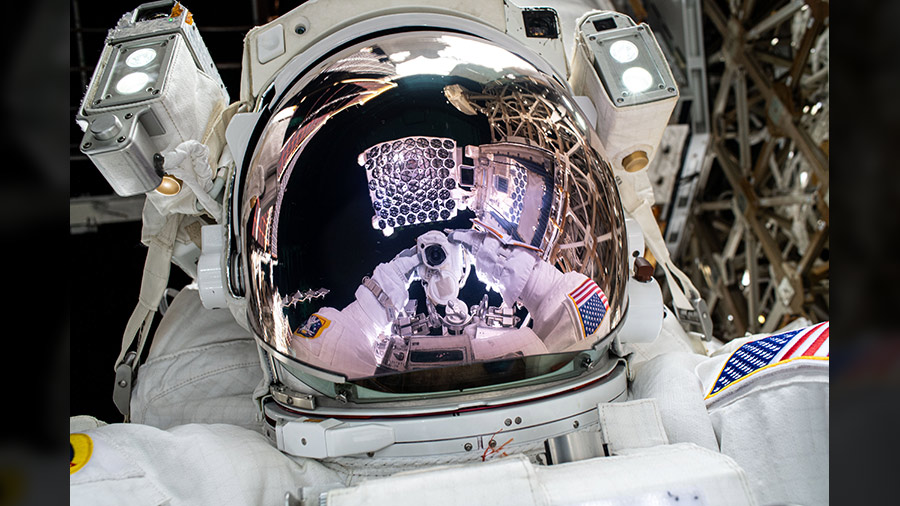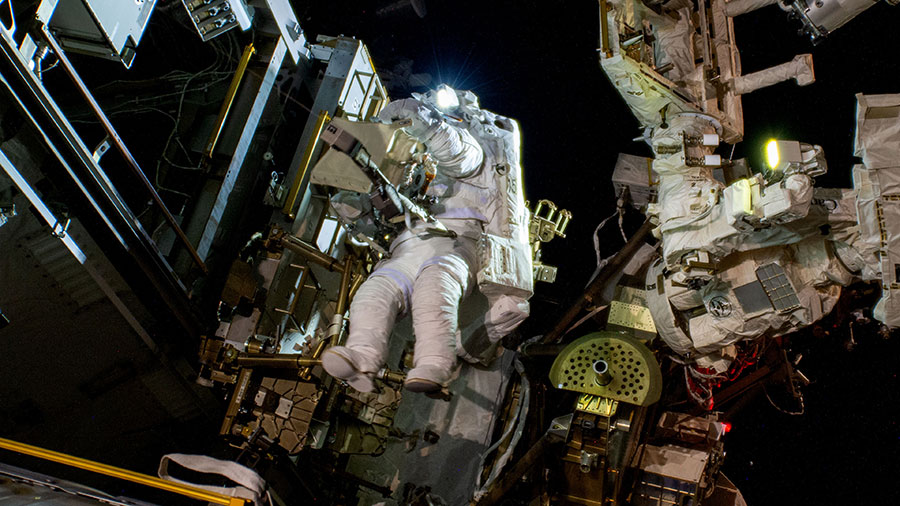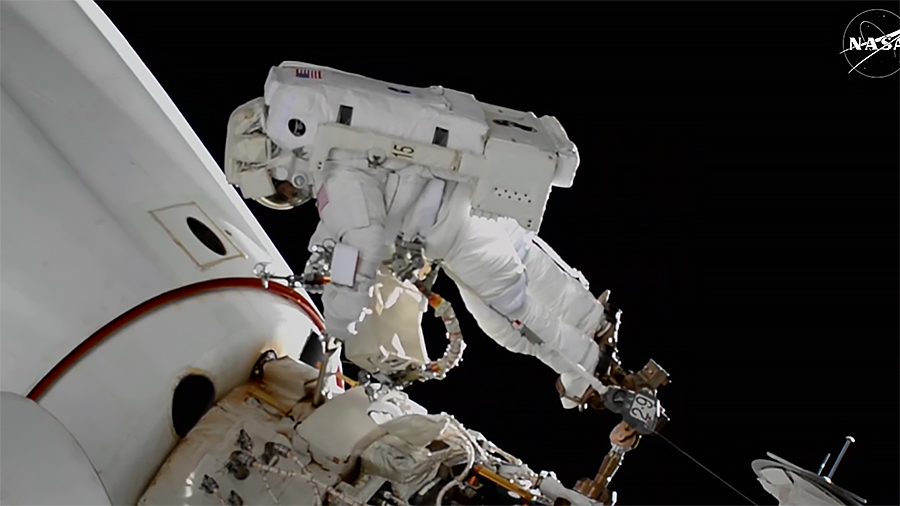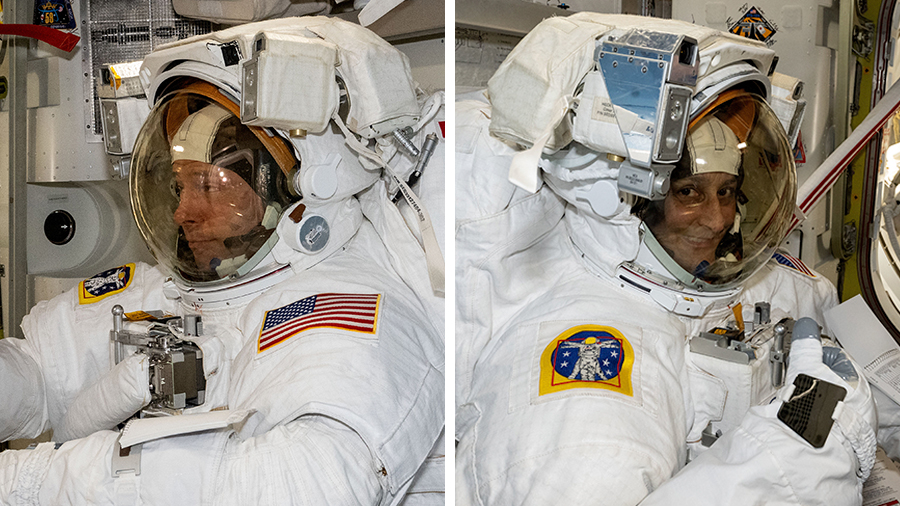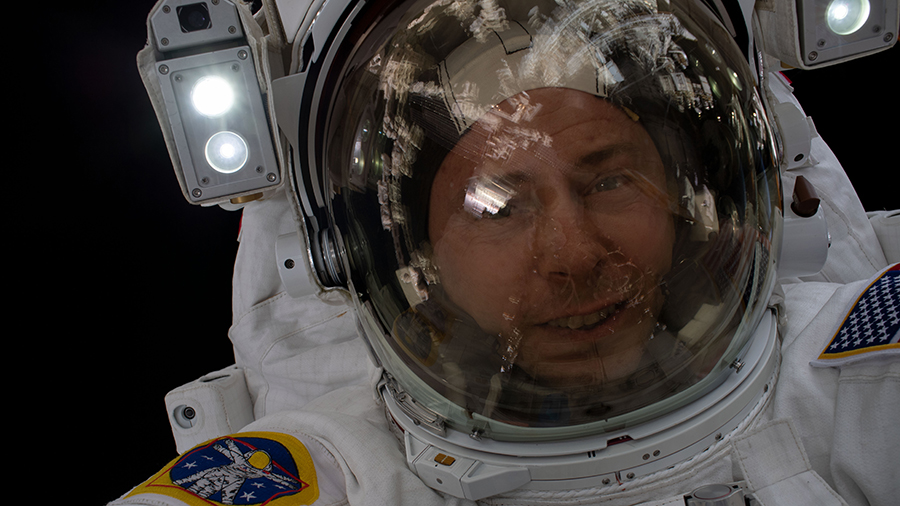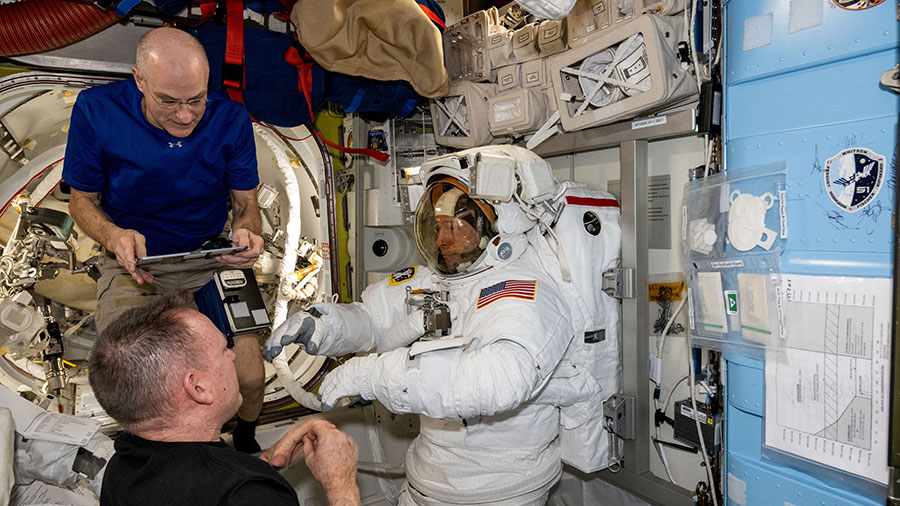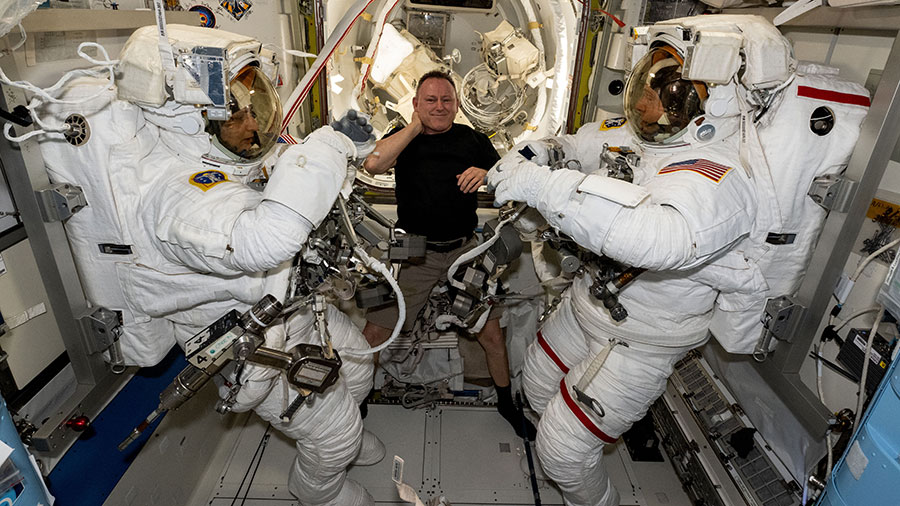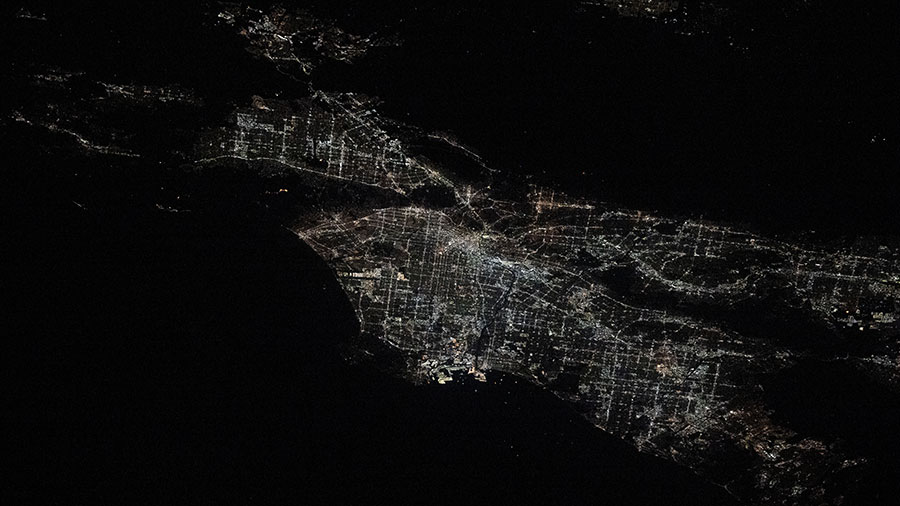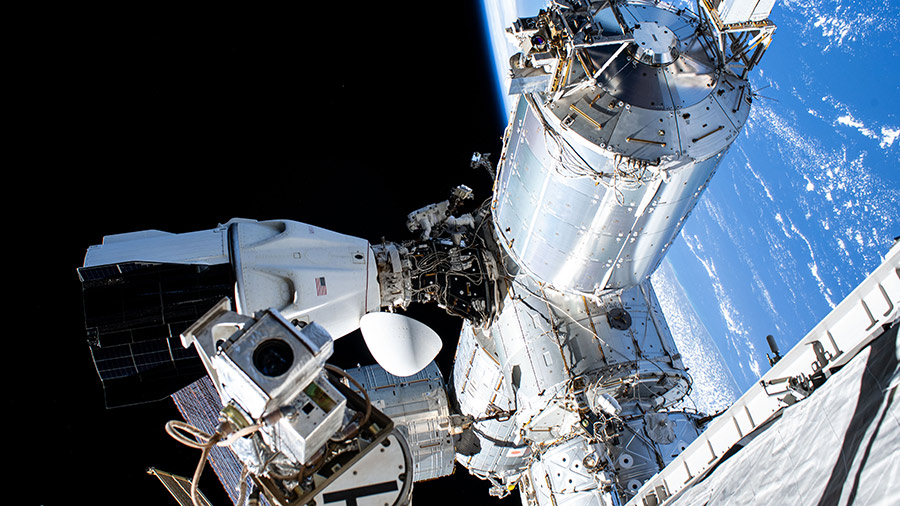
The Expedition 72 crew took a break from spacewalk preparations on Thursday and focused on combustion and biology research. The seven orbital residents also worked on housecleaning duties and lab maintenance ensuring the upkeep of the International Space Station.
Station Commander Suni Williams turned her attention to cleaning crew quarters and filming an educational video following several days of preparing for her spacewalk with NASA Flight Engineer Butch Wilmore. Williams first cleaned ducts, fans, and air sensors inside the Harmony module’s port side crew quarters. Next, she filmed a video demonstrating how water moves and evaporates in microgravity for students and teachers on Earth.
Wilmore worked in the Unity module and inventoried tools that fellow NASA Flight Engineers Nick Hague and Don Pettit will use to support the spacewalkers next week. Williams and Wilmore are planning to begin a spacewalk at 8 a.m. EST on Jan. 30 to remove radio antenna hardware and search for microbes outside the orbital outpost. Hague and Pettit will help the spacewalking duo in and out of the spacesuits, in and out of the Quest airlock, and maneuver the Canadarm2 robotic arm during the planned six-and-a-half-hour excursion.
Hague had the first half of his day off before he spent the second part of his shift cleaning ducts, fans, and air sensors inside Harmony’s overhead crew quarters. Pettit worked throughout the day configuring research hardware inside the Combustion Integrated Rack for a spacecraft fire safety investigation.
Roscosmos Flight Engineers Alexey Ovchinin and Ivan Vagner began their day working on separate human research experiments. Ovchinin attached sensors to himself measuring how microgravity affects a crew member’s vascular function. Vagner participated in a breathing study that monitors crews for potential space-caused respiratory system issues.
Cosmonaut Aleksandr Gorbunov inventoried hardware stowed throughout the space station’s Roscosmos segment then serviced an oxygen generator in the Zvezda service module. Next, he installed and configured observation hardware to image Earth’s nighttime atmosphere in near-ultraviolet wavelengths.
Learn more about station activities by following the space station blog, @space_station and @ISS_Research on X, as well as the ISS Facebook and ISS Instagram accounts.
Get the latest from NASA delivered every week. Subscribe here: www.nasa.gov/subscribe

